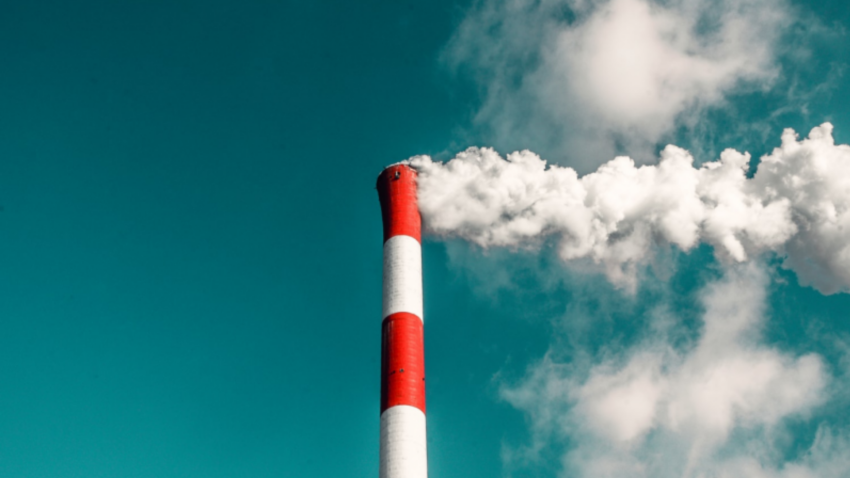A growing number of countries, cities and businesses are making pledges to get to net-zero emissions, especially in the lead-up to this year’s major global climate conference. But how meaningful are those promises?
A recent report by the Energy & Climate Intelligence Unit, a United Kingdom-based non-profit, ran the numbers. It found that many net zero commitments, while a sign of good intention, lack the high levels of ambition required to keep global warming below 1.5 degrees Celsius, as defined in the 2015 Paris Agreement.
Taking Stock: A global assessment of net zero targets surveyed more than 4,000 “significant entities”, defined as all nations, all states and regions in the 25 highest-emitting countries, all cities with more than 500,000 people, and all companies on the Forbes Global 2000 list.
On paper, the commitments suggest progress; 61 per cent of countries have committed to net zero. So have 9 per cent of states and regions in the largest emitting countries, and 13 per cent of larger cities. A fifth of the major companies on the Forbes list, with annual sales of nearly $14 trillion, have done the same. Sixty per cent or more have interim targets and a reporting mechanism, a sign of rapid advances given that the first national net-zero target was made less than five years ago.
But a more problematic finding is the wide variance in the quality of net-zero commitments. Only 20 per cent meet minimum criteria for robustness set out by the UN Race to Zero Campaign. Particular concern arises around offsetting carbon emissions, a practice of meeting emissions targets by purchasing credits for emissions reductions in other places, often poorer developing countries. Only a few entities have set conditions on the use of offsets, much less tied them firmly to plans for permanent removal. Another issue is a lack of specifics around short-term actions, since to have sufficient impact, measures to cut emissions need to begin immediately on a broad scale.
The findings echoed an earlier report this year from UN Climate Change on the state of national climate action plans. UN Secretary-General António Guterres referred to it as a “red alert” for the planet.
The initial NDC Synthesis Report showed that the majority of nations had increased ambitions to reduce emissions, but not nearly enough. Current commitments add up to a less than 1 per cent reduction by 2030 compared to 2010 levels. To keep global warming below 1.5 degrees Celsius, emissions have to be cut by at least 45 per cent by 2030.
The report covered submissions of the nationally determined contributions required from all Parties to the 2015 Paris Agreement. About 75 Parties have submitted a new or updated plan; collectively, they emit about 30 per cent of global greenhouse gases.




